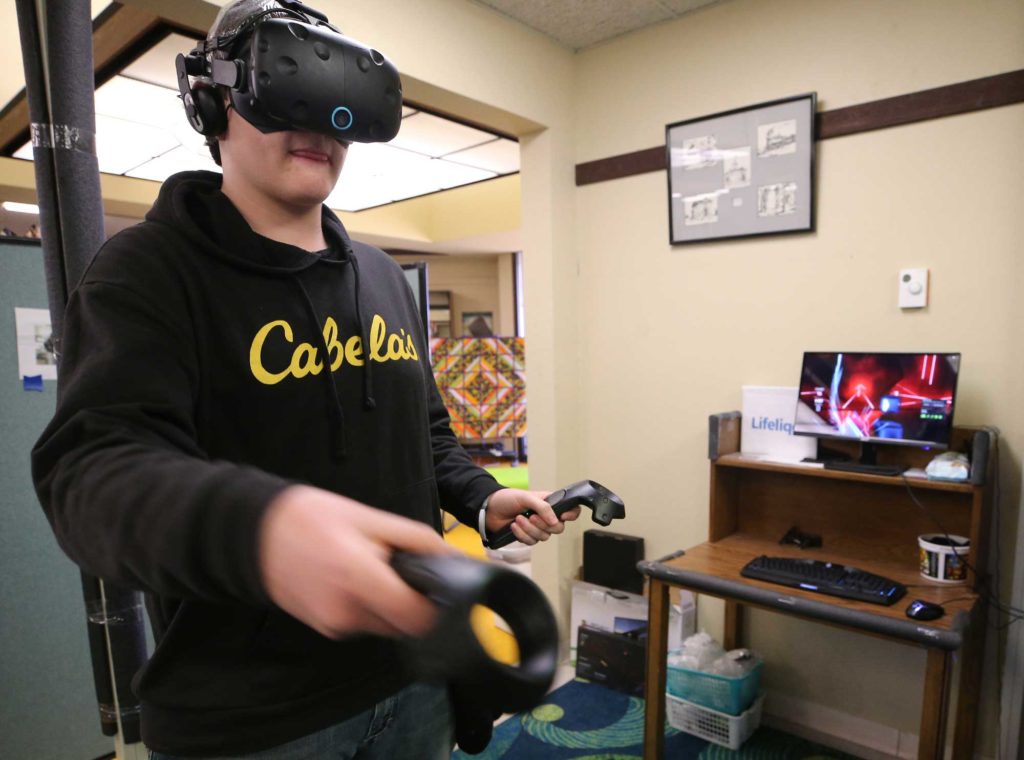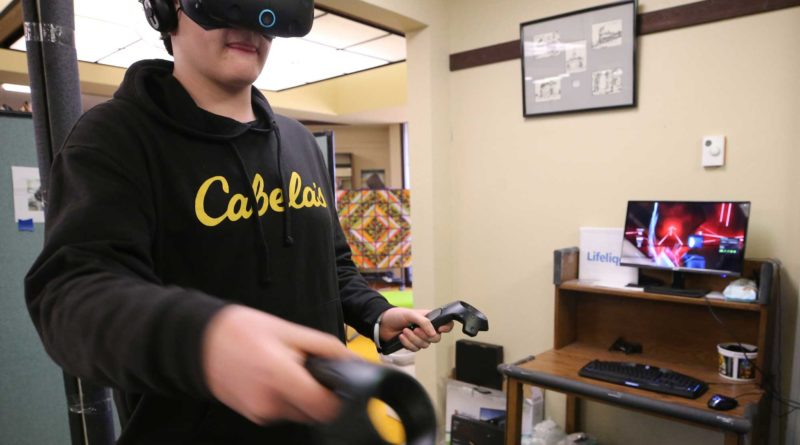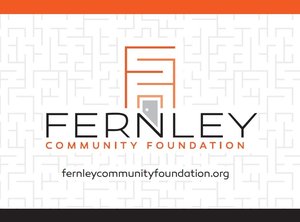Libraries seek permanent funding from state

Photo by Cathleen Allison/Nevada Momentum
By Teri Vance
More than an hour from the nearest city and a population fewer than 3,000 people, Hawthorne is typical of the dozens of remote towns that make up much of Nevada’s landscape.
“We don’t have a theater, and we are very limited in restaurants and shopping,” said Courtney Oberhansli, director of the Mineral County Library. “We have kids who are maybe going to go to Reno two or three times in their lives.”
The library has found a way to give residents a window into the outside world — virtual reality.
“It’s a game changer,” Oberhansli said.
Funding for the technology came through the 2017 Legislature, which allocated $500,000 to Nevada libraries. The one-time allocation of money was used over the last biennium for collection development, bookmobile services, statewide databases and emerging technology.
“The way the libraries have been able to leverage that funding has been incredible,” said Cyndi O, director of the Nevada Library Cooperative. “We want to be able to keep up that amazing work. We want to keep these programs going into the future to be able to help patrons of the library and the community.”
In his State of the State address, Gov. Steve Sisolak proposed $420,000 in permanent funding. The Nevada Library Association will be asking to make that $1.5 million in the first budget hearing March 6.
O said many of the priorities laid out in the governor’s speech — including economic recovery, STEM education and preparing students for the workforce — can be accomplished through programming throughout the state’s libraries.
“Libraries are working to help Nevada achieve these goals,” O said. “Libraries are the engineers driving the governor’s priorities.”
Oberhansli said the library’s virtual reality club meets every Friday and consistently draws a handful of members — a success for the library that struggles with a community reluctant to engage with technology. The minimum age was dropped to middle-school age to draw the younger crowd.
“If we get them now, the hope is they will stick with us through high school,” Oberhansli said. “Maybe they’ll take a coding class and go to college for computer programming. We’d be beyond thrilled. We’re always looking for ways to keep the kids coming and looking out for what’s next.”
A consistent funding source would make that possibility more real.
“The digital divide is real,” O said. “Libraries make it possible to access and experience things that they otherwise wouldn’t be able to. That means we can literally change lives. To be a part of that is exciting and it’s humbling.”
Editor’s note: This is the first in a series of articles to highlight library programs funded by the Nevada Legislature. The Nevada Library Association is asking for permanent funding in this year’s legislative session.




